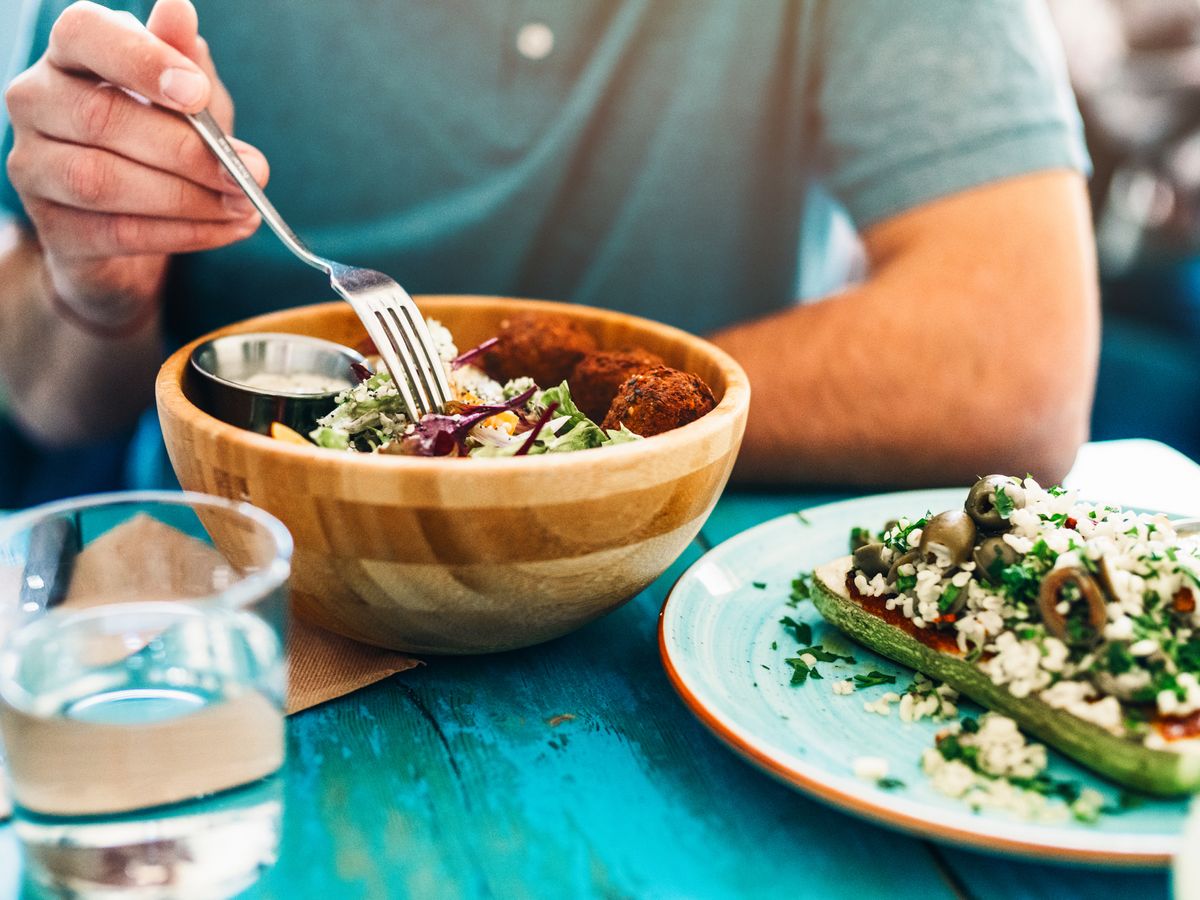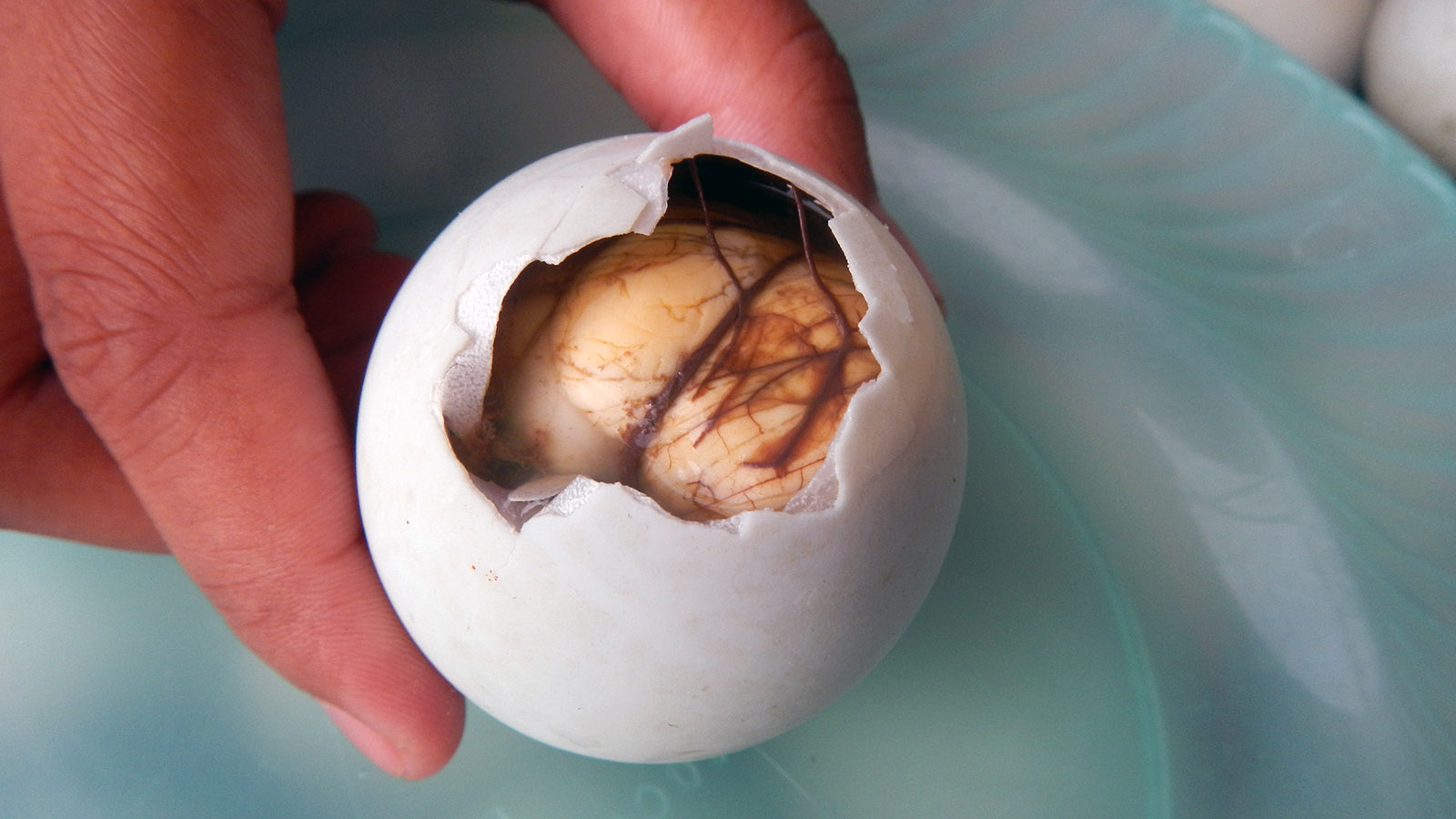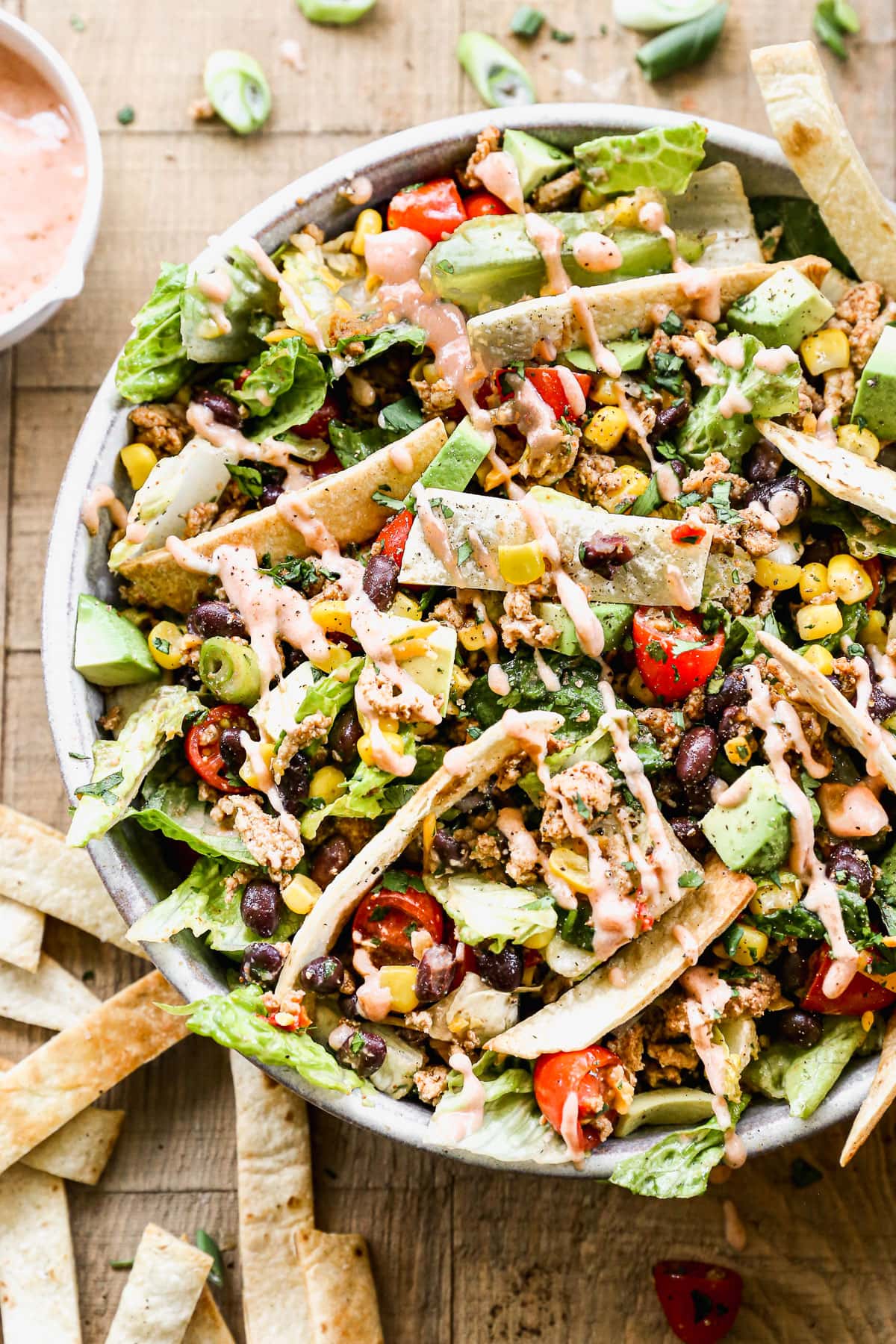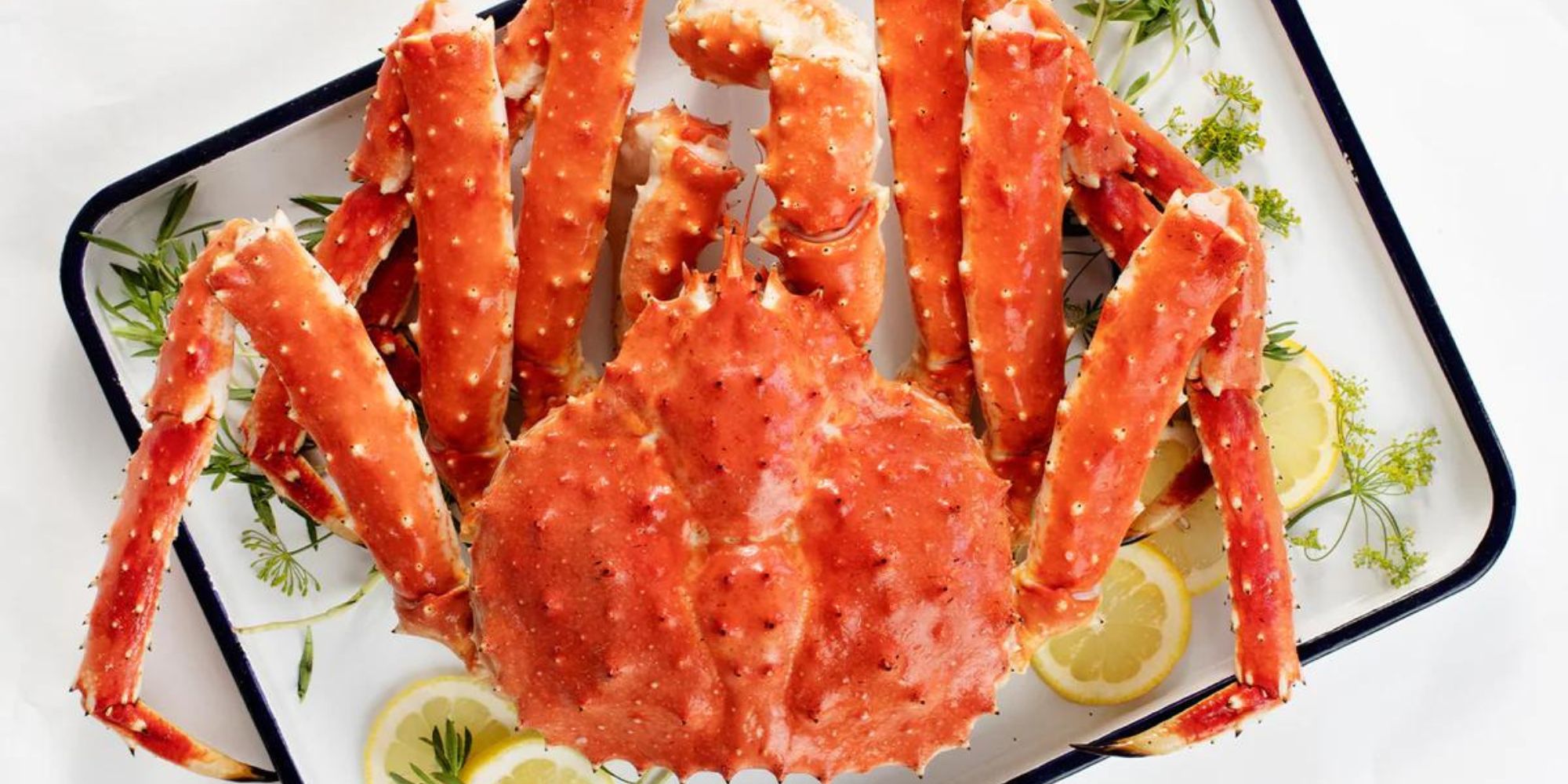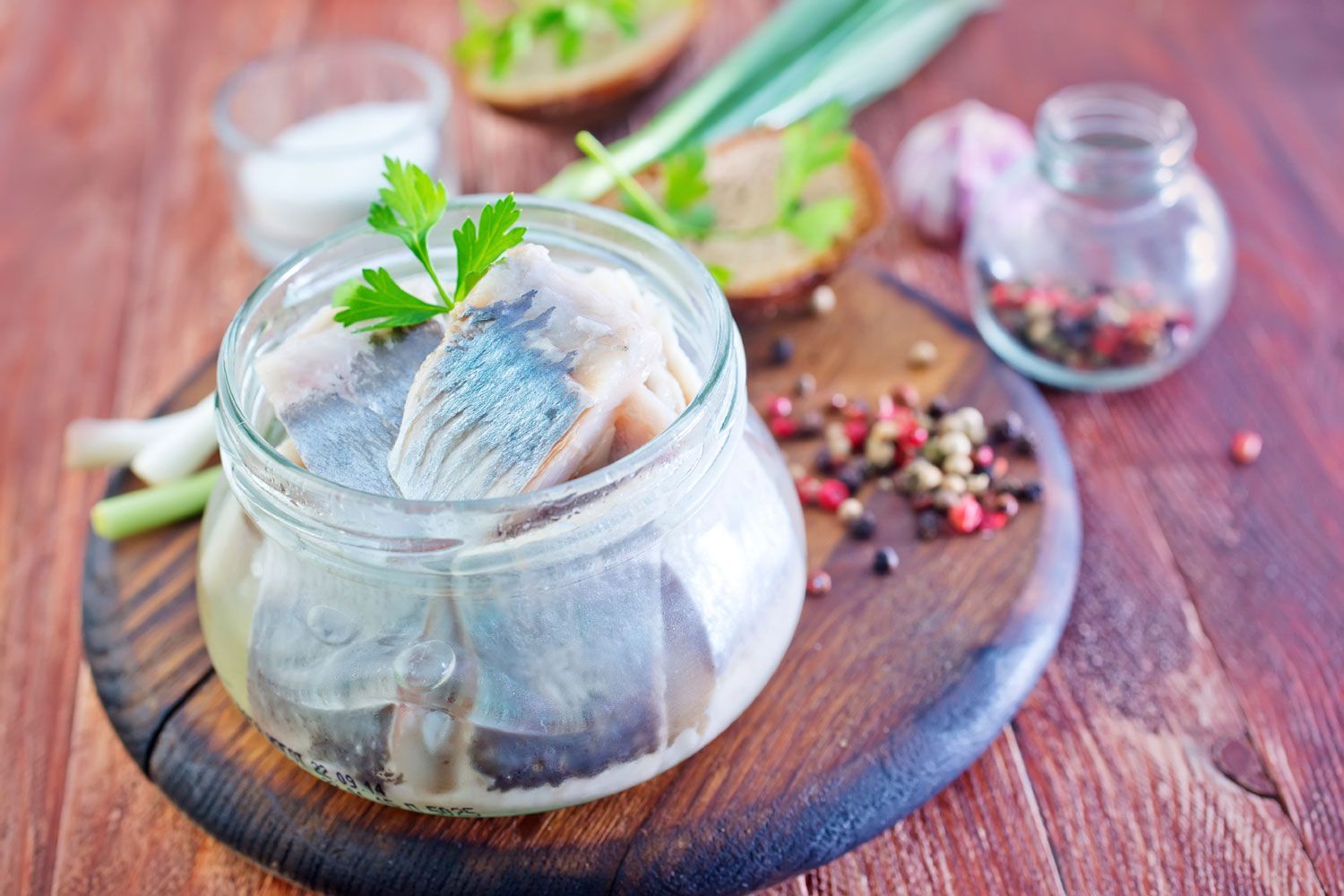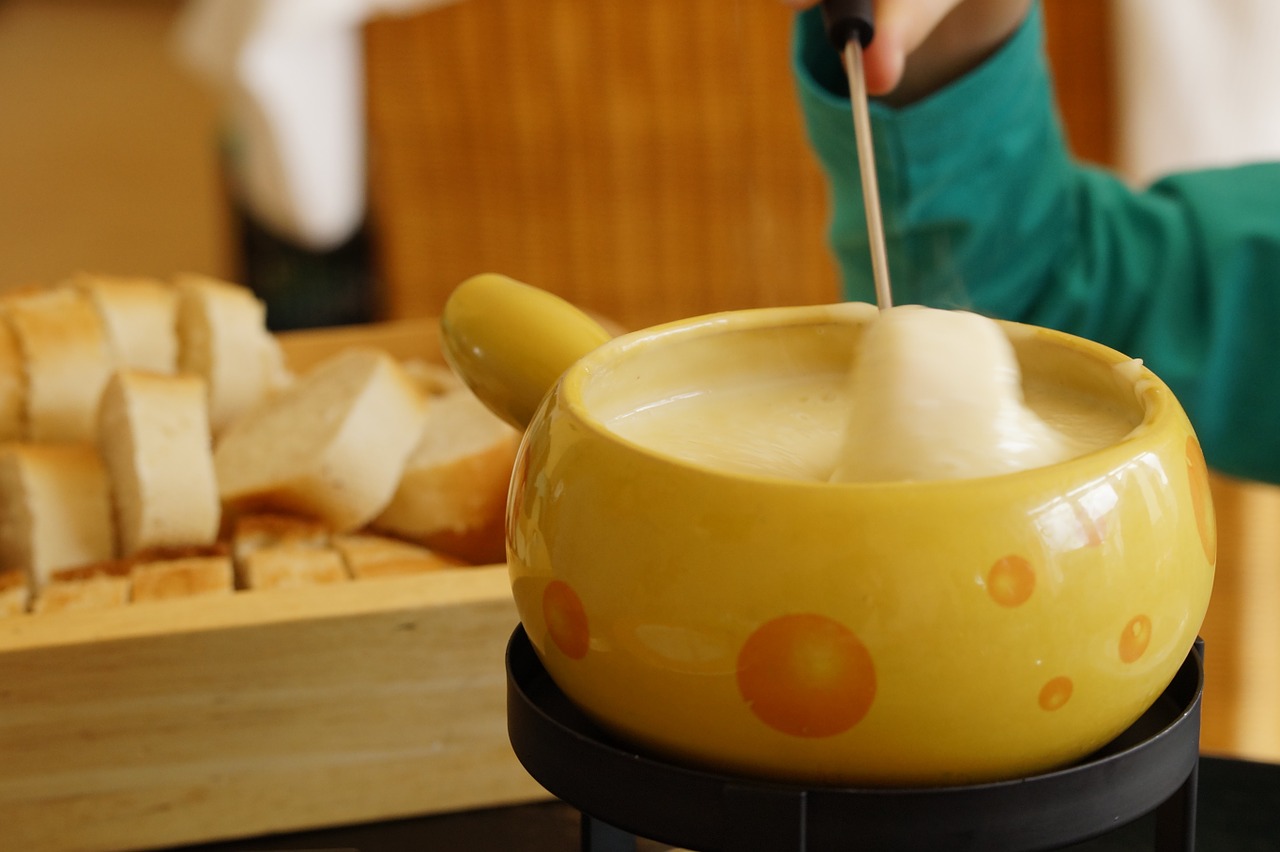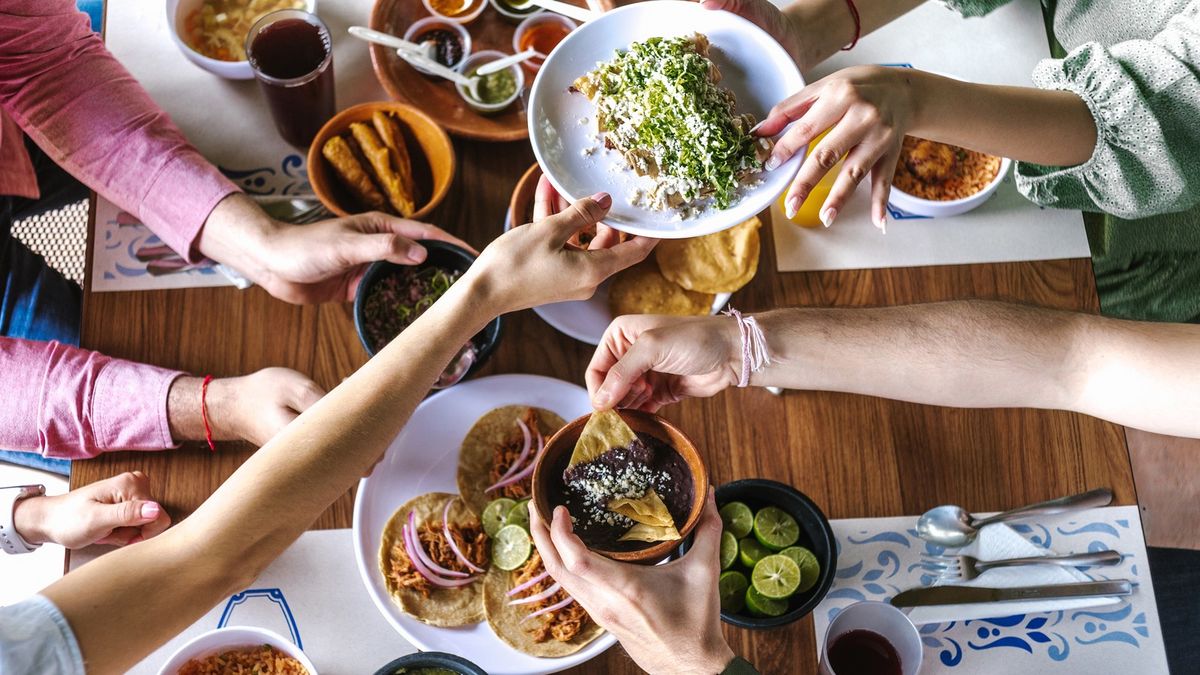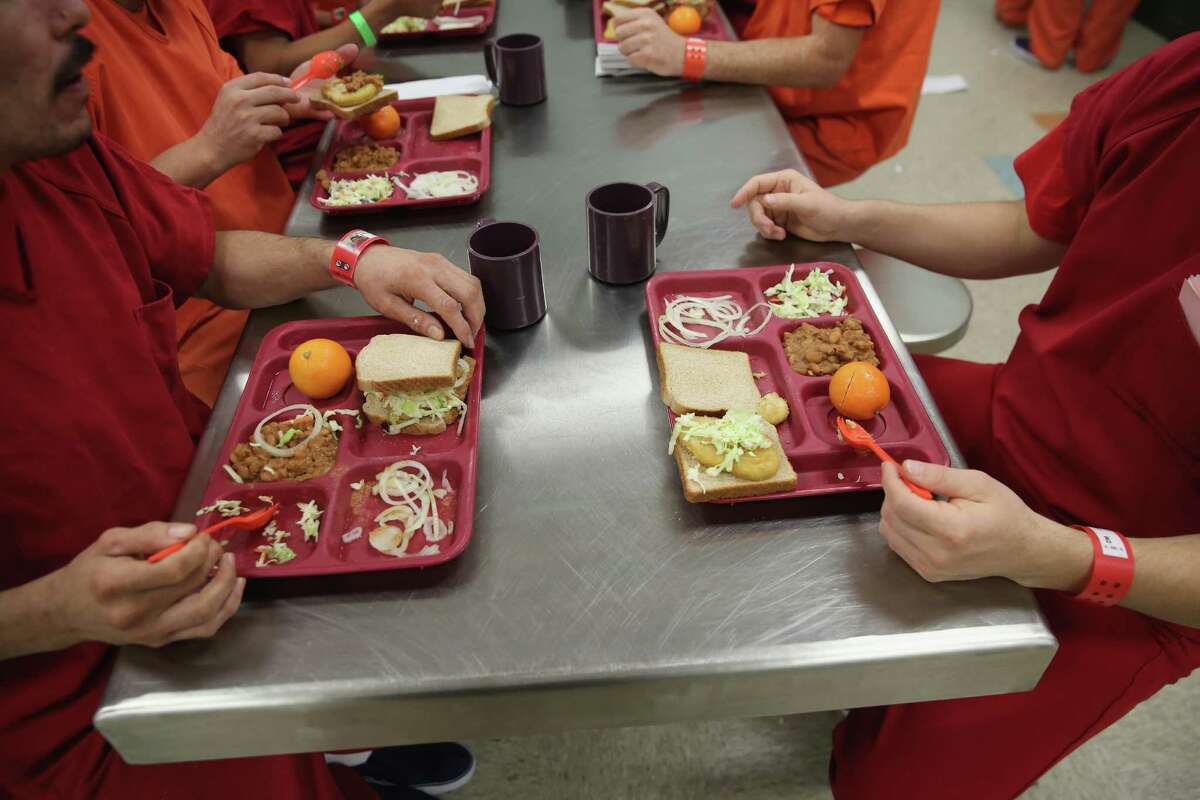Discover the Secrets of the Okinawan Diet
Have you ever wondered how the people of Okinawa, Japan, have managed to maintain their health and longevity for centuries? The answer lies in their traditional diet, which is rich in nutrient-dense foods and emphasizes balance and moderation. By adopting some of the principles of the Okinawan diet, you too can enjoy the benefits of this healthy way of eating.
Key Components of the Okinawan Diet
The Okinawan diet is centered around plant-based foods, with an emphasis on fresh vegetables, fruits, and legumes. Seafood is also a staple in the Okinawan cuisine, providing essential omega-3 fatty acids and protein. Here are some key components of the Okinawan diet:
- Vegetables: Okinawans consume a variety of colorful vegetables, including sweet potatoes, bitter melon, and seaweed. These vegetables are packed with vitamins, minerals, and antioxidants that support overall health.
- Fruits: Citrus fruits like shikuwasa and goya are commonly consumed in Okinawa. These fruits are rich in vitamin C and other beneficial compounds that help boost the immune system.
- Legumes: Soy-based foods such as tofu and edamame are a major source of protein in the Okinawan diet. These plant-based proteins are low in saturated fat and high in fiber, making them heart-healthy choices.
- Seafood: Fish and other seafood are abundant in the Okinawan diet, providing essential omega-3 fatty acids that support brain health and reduce the risk of chronic diseases.
The Okinawan Approach to Eating
Aside from the specific foods they consume, the Okinawan people also have a unique approach to eating that contributes to their overall well-being. Here are some key principles of the Okinawan approach to eating:
- Hara Hachi Bu: This traditional Okinawan saying reminds people to stop eating when they are 80% full. By practicing portion control and mindful eating, Okinawans naturally consume fewer calories and maintain healthy body weights.
- Slow and Steady: Okinawans take their time to savor each meal, chewing slowly and enjoying the flavors and textures of their food. This mindful approach to eating helps prevent overeating and promotes digestion.
- Community and Connection: Meals in Okinawa are often shared with family and friends, fostering a sense of community and connection. This social aspect of dining contributes to overall well-being and happiness.
Health Benefits of the Okinawan Diet
The Okinawan diet has been linked to numerous health benefits, including:
- Reduced risk of heart disease
- Improved cognitive function
- Lower rates of cancer
- Increased longevity
By incorporating more plant-based foods, seafood, and mindful eating practices into your own diet, you can experience the positive effects of the Okinawan way of eating. Whether you’re looking to improve your overall health or simply enjoy delicious and nutritious meals, the Okinawan diet offers valuable lessons that can benefit people of all ages and backgrounds.
So why not take a page from the Okinawan playbook and start embracing their time-tested approach to food and nutrition? Your body and mind will thank you for it!

